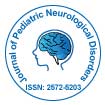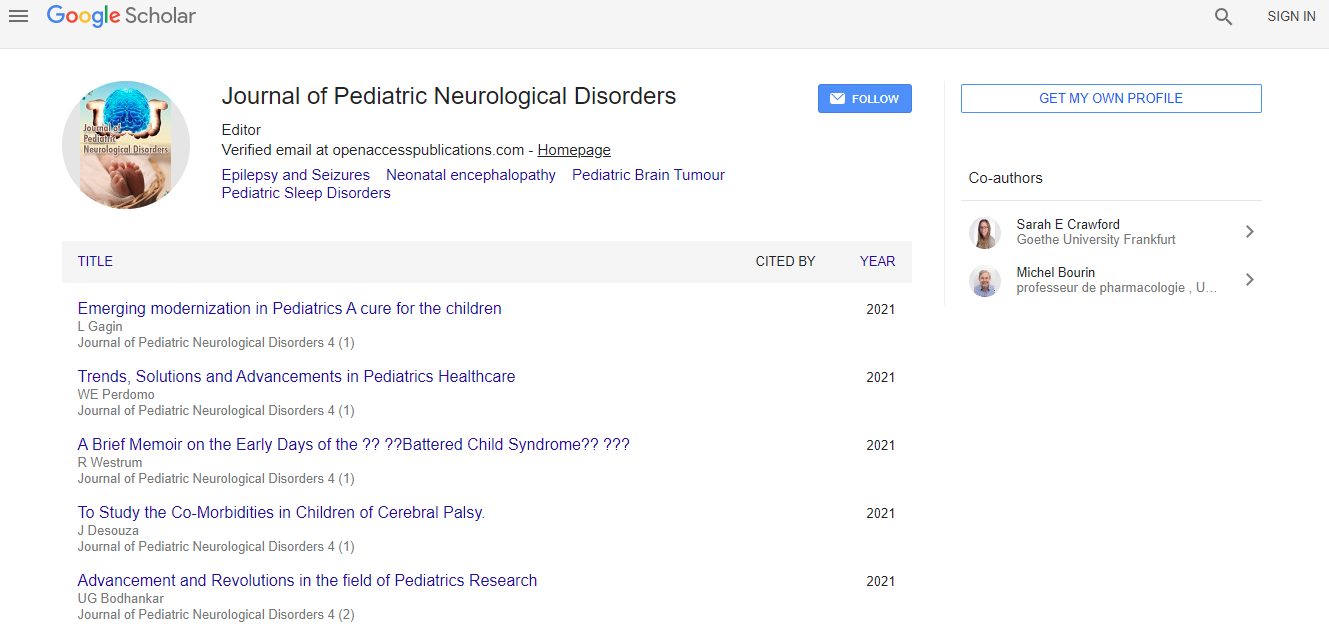Research Article
Genomewide Array Comparative Genomic Hybridization in 55 JapaneseNormokaryotypic Patients with Non-Syndromic Intellectual Disability
Miki Asahina1*, Yusaku Endoh2, Tomoko Matsubayashi1, Koichi Hirano2, Tokiko Fukuda1 and Tsutomu Ogata1
1Department of Pediatrics, Hamamatsu University School of Medicine, Hamamatsu, Japan
2Department of Pediatrics, Hamamatsu City Welfare and Medical Center for Development, Hamamatsu, Japan
- *Corresponding Author:
- Miki Asahina
Department of Pediatrics
Hamamatsu University School of Medicine,
Hamamatsu 431-3192, Japan
Tel: +81-53-435-2310
Fax: +81-53-435-2310
E-mail: miki.a@hama-med.ac.jp
Received date: October 05, 2016; Accepted date: October 28, 2016; Published date: November 07, 2016
Citation: Asahina M, Endoh Y, Matsubayashi T, HiranoK, Fukuda T, et al. (2016) Genomewide Array Comparative Genomic Hybridization in 55 Japanese Normokaryotypic Patients with Non-Syndromic Intellectual Disability. J Pediatr Neurol Disord 2: 108. doi: 10.4172/2572-5203.1000108
Copyright: © 2016 Asahina M, et al. This is an open-access article distributed under the terms of the Creative Commons Attribution License, which permits unrestricted use, distribution, and reproduction in any medium, provided the original author and source are credited.
Abstract
Background: Genomewide array comparative genomic hybridization (aCGH) has widely been utilized as the diagnostic tool in patients with non-syndromic intellectual disability (ID). Indeed, aCGH has identified pathogenic copy number variants (pCNVs), as well as variants of uncertain clinical significance (VsUS) and benign CNVs (bCNVs), in such patients. Aims: To examine the frequencies of various CNVs and clinical findings in patients with non-syndromic ID. Patients and methods: We studied 55 Japanese normokaryotypic patients (35 males, 20 females) with apparently non-syndromic ID. Genomewide aCGH was performed using leukocyte genomic DNA samples. Clinical findings were compared among patients with pCNVs (group 1), those with VsUS (group 2), and those with bCNVs or no CNVs (group 3). Results: Nine patients had pCNVs: one had 5p deletion syndrome, two had 22q11.2 deletion syndrome, one had 17q23.1q23.2 microdeletion syndrome, three had CNVs involving known pathogenic genes, and the remaining two had CNVs overlapping with previously described CNVs in patients with ID (one with duplication at 1q36 and the other with deletion at 12q42). Furthermore, 11 patients had VsUS, and nine patients had bCNVs. Clinical findings were grossly comparable among groups 1-3. Conclusions: The results provide further support for the usefulness of aCGH in the identification of underlying genetic factor(s) for ID, although there was no clinical finding indicative of the presence of pCNVs or VsUS. Furthermore, our data are expected to serve to identify pathogenic genes on chromosomes 1q36 and 12q42, as well as those on several VsUS.

 Spanish
Spanish  Chinese
Chinese  Russian
Russian  German
German  French
French  Japanese
Japanese  Portuguese
Portuguese  Hindi
Hindi 